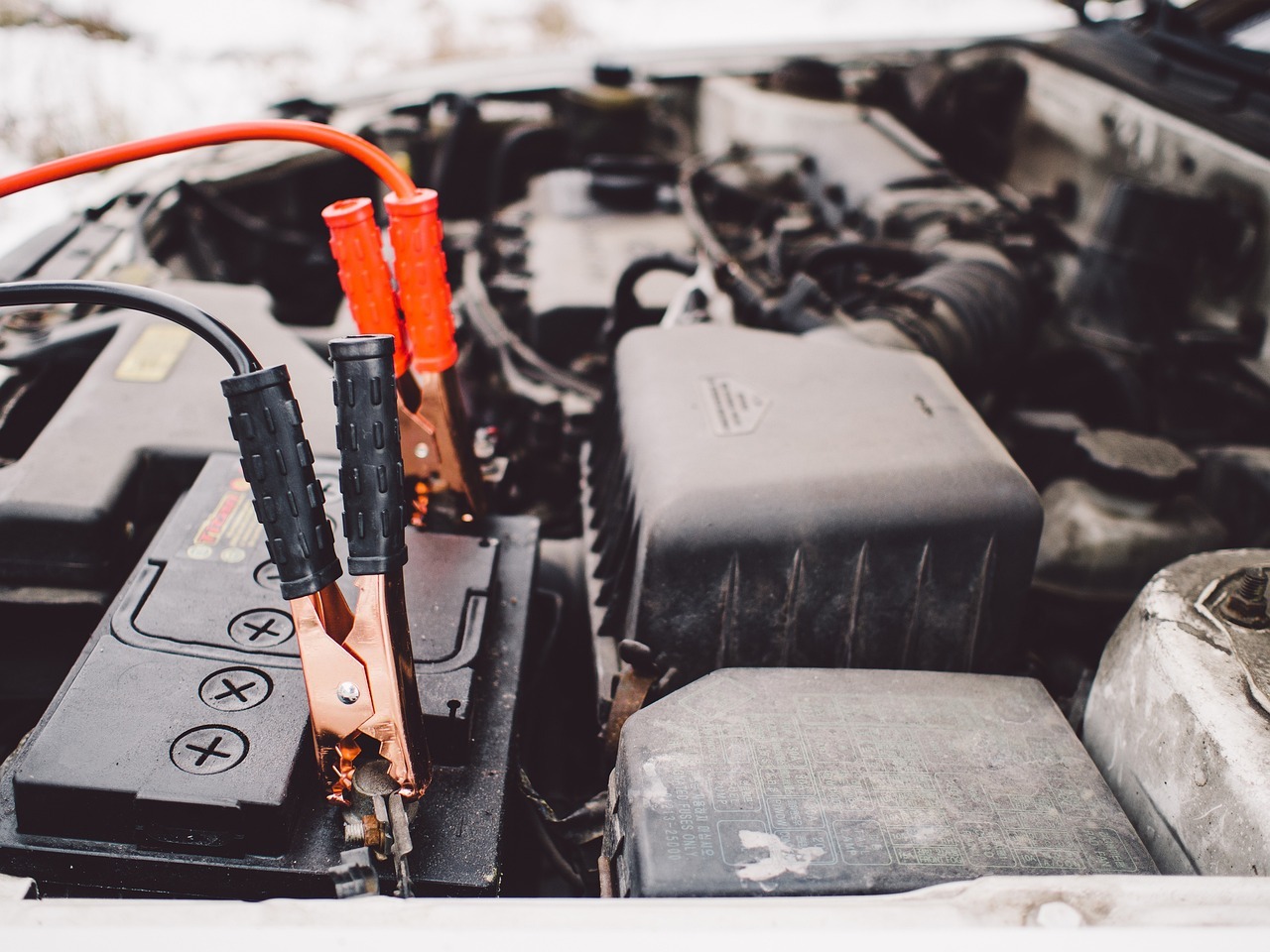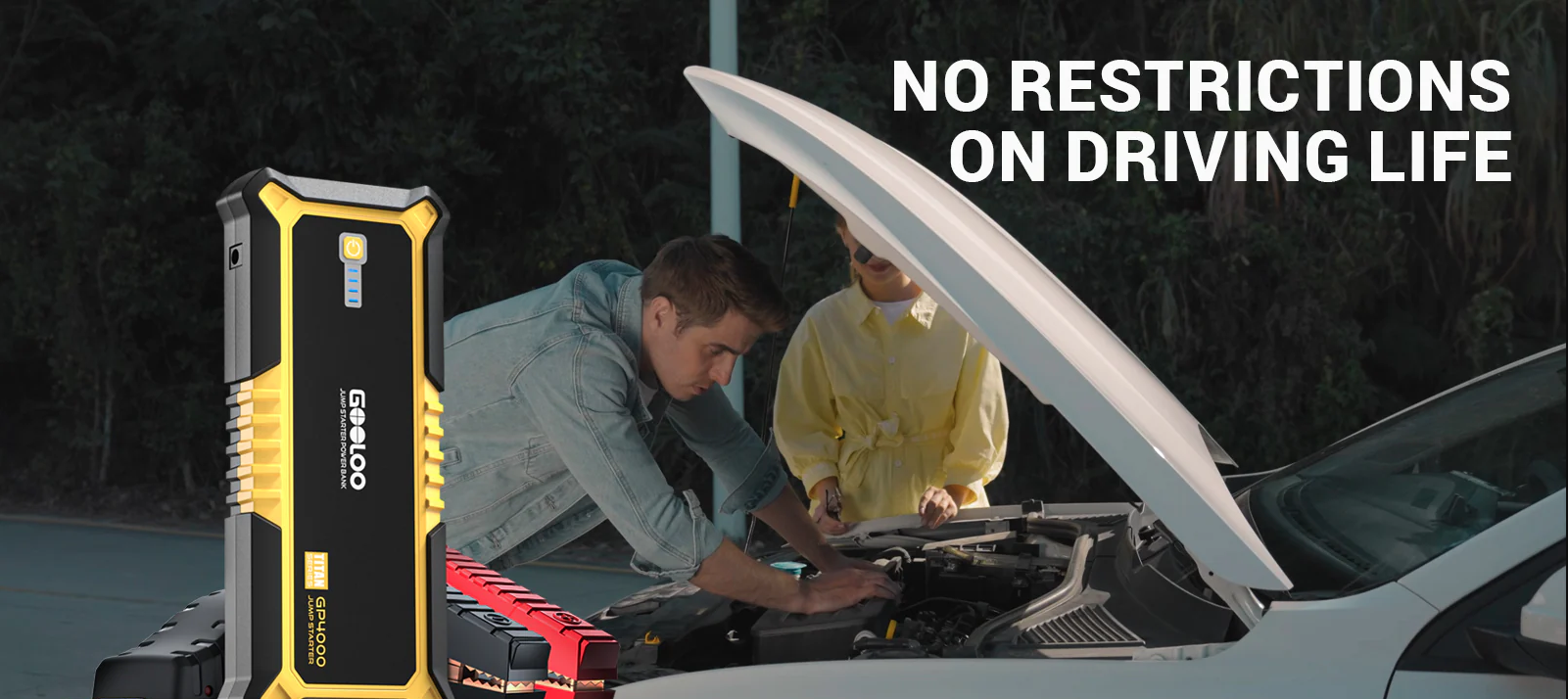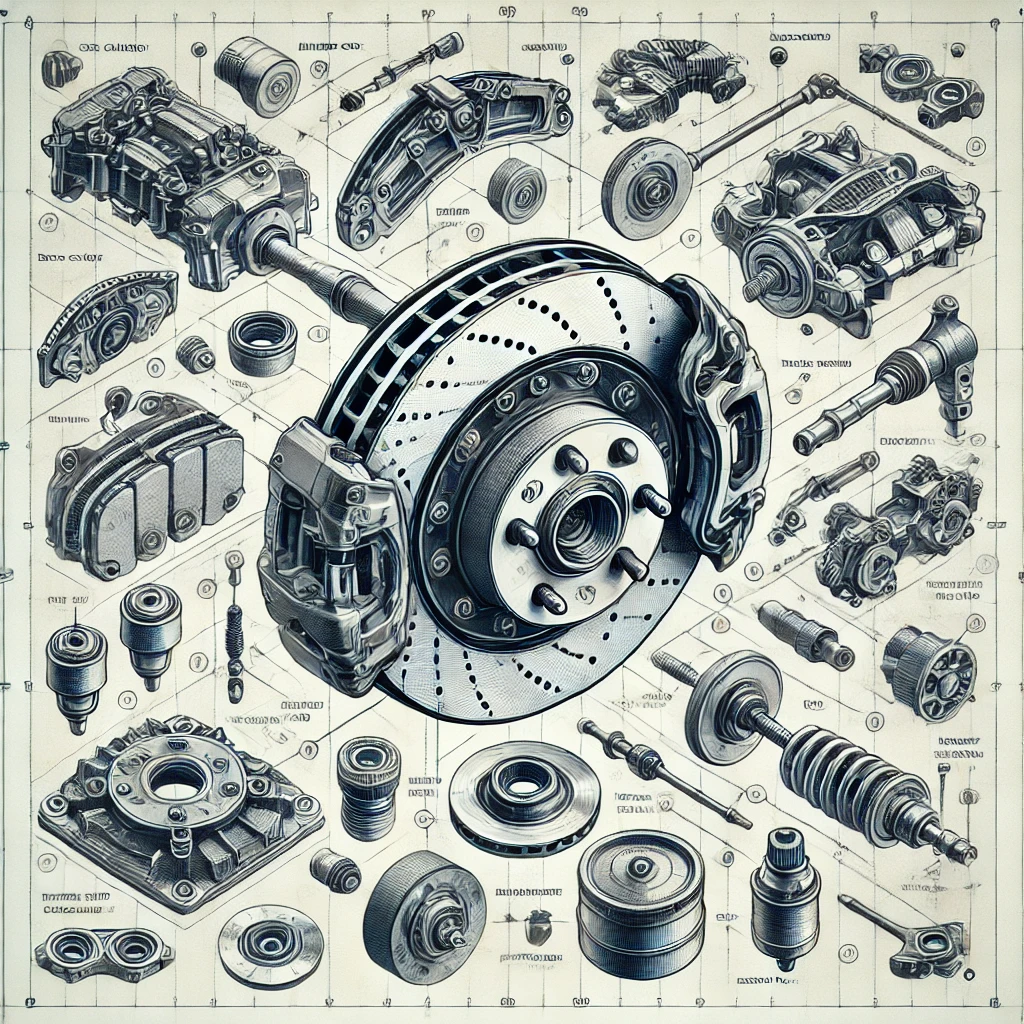Nighttime Battery Drain: Why Your Car Dies With Lights On
It was supposed to be a relaxing evening drive. The sun had set, and I was cruising down the highway, enjoying the cool night air. But as I continued driving, I noticed something odd – my dashboard lights were dimming, and my headlights seemed to be getting weaker. Before I knew it, my car was struggling to keep running, and I barely managed to pull over to the side of the road before it died completely.
Confused and a bit worried, I called for a tow and had my car taken to a nearby mechanic. That’s when I learned an important lesson about car electrical systems. The mechanic explained that my car battery was going flat while I was driving at night with the lights on – a clear sign of a charging system problem.
Determined to understand what was happening, I decided to do some investigating on my own. I borrowed a voltmeter from a friend and measured my alternator’s output. To my surprise, it was only giving about 11.3 volts. I couldn’t help but wonder: Is this enough to charge the battery? And if not, what could be causing this issue?
This experience sent me on a quest to understand my car’s electrical system better. In this article, I’ll share what I’ve learned about why car batteries can go flat while driving at night, and how to diagnose and fix these issues. Whether you’re experiencing similar problems or just want to be prepared, join me as we explore the intricacies of automotive electrical systems and uncover the secrets to keeping your battery charged, even during those long night drives.
Understanding Your Car’s Electrical System
To truly grasp why my battery was going flat, I first needed to understand how my car’s electrical system works. Here are the key components I learned about:
- Battery: This is the heart of the electrical system. It provides the initial surge of electricity to start the engine and powers electrical components when the engine is off.
- Alternator: Once the engine is running, the alternator takes over. It’s responsible for recharging the battery and powering the car’s electrical systems.
- Voltage Regulator: This component controls the alternator’s output to prevent overcharging the battery.
- Electrical Loads: These are the various components that consume electricity, such as headlights, radio, air conditioning, and other accessories.
The Role of the Alternator in Keeping Your Battery Charged
When your car’s engine is running, the alternator takes over as the primary power source. It performs two crucial functions:
- Recharging the battery that was partially drained during the engine start.
- Powering all of the car’s electrical systems and accessories.
If your alternator isn’t producing enough voltage, the battery may not charge correctly. This can lead to battery drainage, especially at night when your car is using extra power for headlights and other systems.
Ideal Alternator Output: What’s the Right Voltage?
For most vehicles, the alternator should produce between 13.5 and 15.0 volts when the engine is running. This voltage range ensures that:
- The battery is being recharged effectively.
- All electrical systems in the car are receiving sufficient power.
- The battery isn’t being overcharged, which can damage it.
If your alternator’s output falls below this range (for example, 11.5 volts as mentioned in the original question), it’s likely failing to recharge the battery effectively. This can lead to a gradual drain on the battery, particularly noticeable during nighttime driving when electrical demands are higher.
How to Test Your Alternator’s Output
To determine if your alternator is functioning correctly, follow these steps:
- Start the car and let it idle.
- Turn on all major electrical accessories (AC, headlights, rear window defroster) to simulate normal operating conditions.
- Use a voltmeter to measure the voltage across the battery terminals. Place the voltmeter’s leads directly on the battery posts, not the wire terminals.
- Check the voltage reading:
- If it’s between 13.5 and 15.0 volts, your alternator is likely functioning well.
- If it’s consistently below 13.5 volts, your alternator may be underperforming.
Possible Causes of a Low Charging Voltage
While a faulty alternator is a common culprit, other issues in your car’s electrical system could cause low charging voltage:
1. Loose or Corroded Battery Terminals
Before assuming the alternator is at fault, inspect the battery terminals. Loose or corroded terminals can restrict electrical flow, leading to insufficient battery charging. Ensure the terminals are:
- Clean
- Tight
- Free of corrosion
2. High Resistance in the Charging System
If the alternator is outputting the correct voltage but the battery still isn’t charging, there might be high resistance somewhere in the wiring. This can be identified through voltage drop testing:
- Use a voltmeter to measure the voltage at various points in the system.
- Compare the measured voltage to the expected voltage.
- High resistance could indicate problems with:
- Wiring
- Connectors
- Fuses
3. Smart Charging Systems
Some newer vehicles are equipped with “smart” charging systems that vary the alternator’s output based on driving conditions. These systems can complicate diagnosis and may require:
- Special diagnostic tools
- Consultation with a professional mechanic familiar with the specific system
4. Faulty Voltage Regulator
The voltage regulator controls the alternator’s output. If it’s malfunctioning, it might not allow the alternator to produce enough voltage to charge the battery properly.
5. Worn Drive Belt
A loose or worn drive belt (also known as a serpentine belt) can prevent the alternator from spinning at the correct speed, resulting in reduced output.
Additional Tests for Alternator and Battery Health
Load Test for the Battery
A load test can help determine if your battery is holding a charge properly:
- Use a load tester (available at most auto parts stores).
- Apply a load equal to half the battery’s cold cranking amp (CCA) rating for 15 seconds.
- Monitor the voltage:
- If it stays above 9.6 volts, the battery is good.
- If it drops below 9.6 volts, the battery may need replacement.
Alternator Output Test
To further isolate alternator issues:
- Start the car and let the engine run.
- Disconnect the positive battery cable.
- If the engine stalls immediately, the alternator isn’t providing enough power to run the car’s electrical systems, confirming it is defective.
- If the car keeps running, the alternator is likely still functional, and you may be dealing with a weak or failing battery instead.
When to Replace the Alternator
Consider replacing your alternator if:
- It consistently outputs below 13.5 volts.
- You’ve ruled out other potential issues (battery, terminals, wiring).
- Your car experiences frequent electrical issues or battery drain.
Remember, a failing alternator can lead to more serious electrical problems and potentially leave you stranded.
Preventive Maintenance Tips
To avoid unexpected battery and alternator issues:
- Regularly clean battery terminals and check for tight connections.
- Inspect the drive belt for wear and proper tension.
- Avoid excessive short trips, which don’t allow the battery to fully recharge.
- Limit the use of electrical accessories when the engine is off.
- Have your charging system checked annually as part of routine maintenance.
Conclusion: Keeping Your Battery Charged While Driving
If you notice your battery going flat while driving at night:
- Start by testing your alternator’s output (should be between 13.5 and 15.0 volts).
- Investigate other potential issues like loose terminals or high resistance in the system.
- If all else checks out, consider having your alternator professionally inspected or replaced.
By understanding your car’s charging system and staying proactive with maintenance, you can avoid unexpected breakdowns and ensure your vehicle runs smoothly, even during night drives with the lights on.
Remember, while these tips can help you diagnose common issues, complex electrical problems may require professional diagnosis and repair. If you’re unsure about any aspect of your car’s electrical system, it’s always best to consult with a qualified mechanic.




